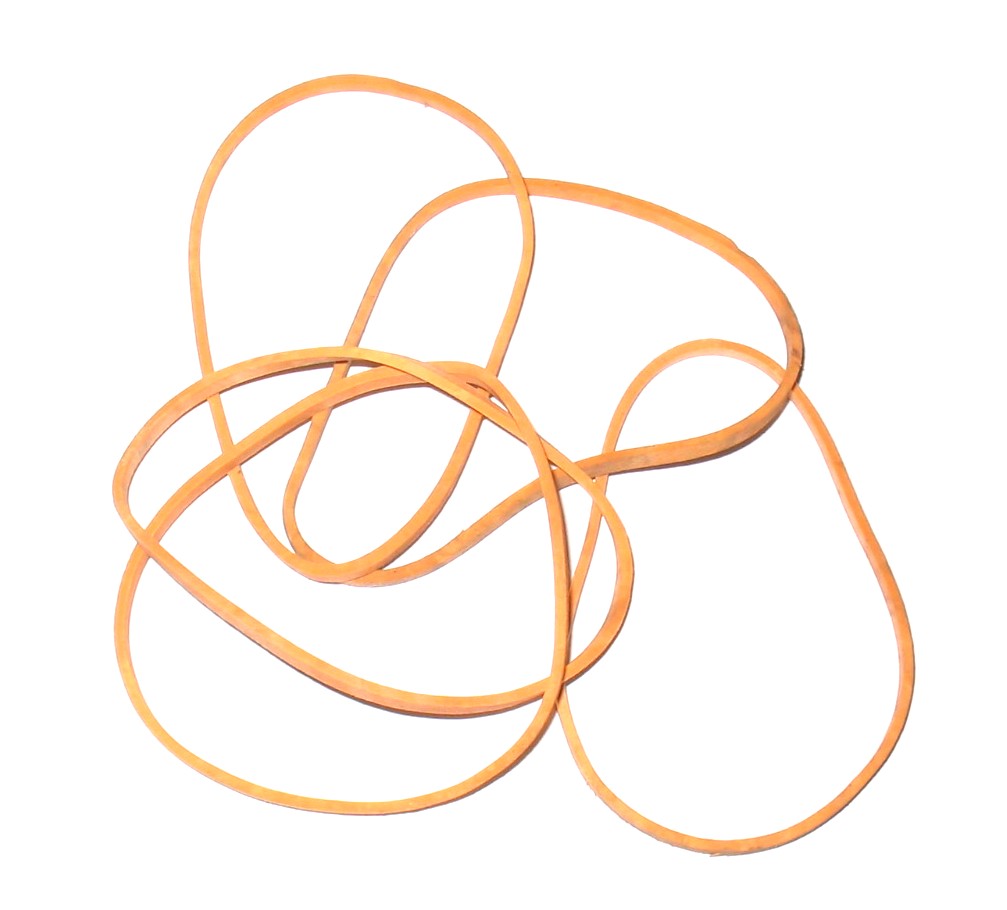The process of extracting the latex from these trees, also known as "rubber tapping", is called. The latex can be collected from the rubber tree after it is "tapped". It usually takes around four hours to collect the latex. Latex is milky in color and can be collected by dripping from the tree into buckets.
Latex is a common material used by millions every day because of its durability, elasticity and protection. Latex is found in approximately 40,000 products. However, many people don't know that products they use every day could contain it. These products may include medical devices like gloves, IV tubes, and catheters. Products for children such as toys, pacifiers are also made from latex, vulcanized rubber bands, rubber backing, carpet backing, and elastic found in clothing like bras, underwear, and waistbands are all common products.

Image source: google
People allergic to latex can experience allergic reactions from these antigenic proteins. These allergic reactions can be mild skin irritations, reddening of the skin, itching and sneezing, to severe conditions such as anaphylactic shock which requires immediate medical attention.
Since the 1990's, latex allergy has been on the rise. Up to 3 percent of the population may be allergic to natural rubber latex. Some people can get allergic reactions to latex allergy from repeated exposure.
Reduce Latex Allergy Risk
Avoiding products that contain latex is the best way to minimize your chance of an allergic reaction. Knowing what products contain latex is the first step to avoiding allergic reactions. These products can trigger allergic reactions in people with high latex sensitivity.